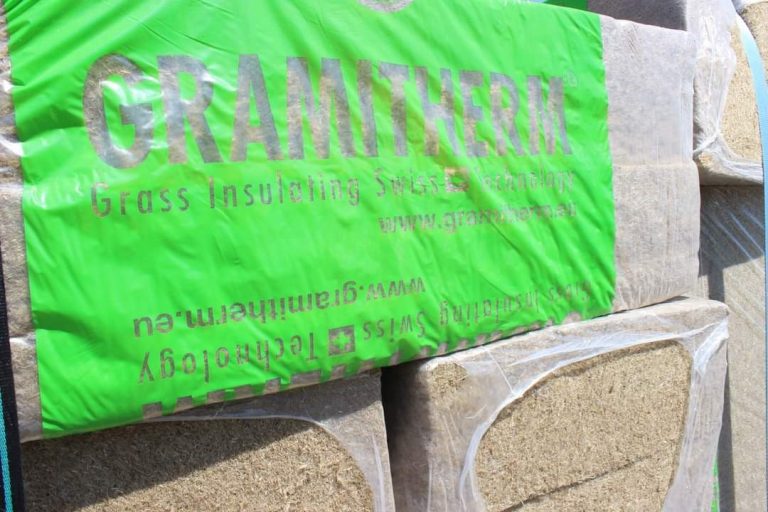Draught Sealer

Problem Addressed
Air infiltration in buildings is a large source of wasted energy as an estimated 81% of the heat generated in a building is lost through the building fabric. Heating systems must compensate for heat lost through leaky windows and doors, resulting in higher energy bills and more operational emissions.
Case Study
Quattro Seal has been installed in 6 branches of Lloyds Bank with air pressure testing of each site before and after installation as part of a successful pilot scheme. The results were an average reduction in air leakage of 35.77% which Lloyds calculated to be an average annual energy savings of 18%. The Energy Savers have been commissioned by Lloyds to roll out Quattro Seal across a further 79 branches nationwide.
Facts and Figures
This page presents data, evidence, and solutions that are provided by our partners and members and should therefore not be attributed to UKGBC. While we showcase these solutions for inspiration, to build consensus, and create momentum for climate action, UKGBC does not offer commercial endorsement of individual solutions. If you would like to quote something from this page, or more information, please contact our Communications team at media@ukgbc.org.
Related
Insulating window coating for retrofit

Insulating render / plaster

Insulation boards made from meadow grass

Mycelium insulation

